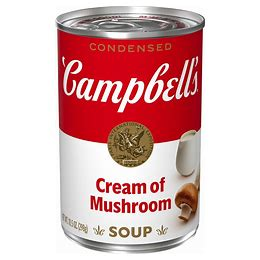I am not a modern cook who scorns canned soup as an ingredient.
I proudly cook with canned soup frequently.
This
time of year, two themes run through food magazines and online sites. There is
either advice on how to cook the perfect turkey or suggestions for alternative
entrees for those who are tired of the bird. That’s never a question for my
family: they want what they have always had, cooked the way they have always
had it.
So our
Thanksgiving begins with a cheese ball of blue, cream, and cheddar (read
Velveeta these days). Pride of place goes to the turkey, with dressing in a separate
pan and never again in the turkey, mashed potatoes (Jordan’s specialty), gravy
lots of gravy, green bean casserole with French’s fried onions, and, ideally,
my mother’s everlasting yeast rolls (kudos to granddaughter Morgan who has
volunteered to make the rolls this year). No substitutions, no “improving” the recipe.
I’ve made it all for so many years I can do it from scratch.
This
year Jordan is slated to provide the green bean casserole, cheeseball, and
potatoes. As we made a grocery list, we quibbled over how many cans of green beans
(oh yes, they must be canned) to buy, so for kicks I looked up the recipe
online. Just for quantity, you understand. But I found a new twist—Campbell’s
own web site suggests adding a bit of soy and some milk. Jordan was absolutely
horrified when I read that to her, but I’ll keep working on it, because I think
it would be a good addition. Here are the ingredients for a casserole to feed
six (we will double or triple the recipe):
Green bean casserole
4 cans cut green beans
1 can Campbell’s cream of
mushroom soup
½ cup milk
1 tsp. soy sauce
1-1/2 cups French’s French Fried
onion rings
I was
so taken with the idea of checking out old favorites that when we decided on a
pot roast the other night, I went back to Campbell’s for the traditional onion
soup recipe, long a favorite. Once again, I found updates. I used to make it
for the kids with carrots and potatoes, cream of mushroom soup, dry onion soup
mix, and red wine, but here’s what I did this time:
Onion soup pot roast
3-1/2 lb. beef chuck roast,
boneless
¼ tsp. salt
2-1/2 Tbsp. vegetable oil
1/8 tsp. pepper
1 can Campbell’s cream of mushroom
soup
1 packet dry onion soup mix
1 cup red wine
3 cloves garlic, sliced
Potatoes, carrots, and celery
4 sprigs fresh thyme
2 bay leaves
1 6-inch sprig fresh rosemary
Salt and
pepper the roast and brown in oil. Mix soups, wine and garlic and pour into slow
cooker (I did it stovetop all day—and it took all day!). Stir in vegetables. Place
herbs in center of cooker on top of vegetables and place the meat directly over
the herbs. Cook on low 7-8 hours. Remove meat to cool and thicken gravy with 2
Tbsp. flour stirred into ¼ cup cold water.
This is
one of those recipes that prove how helpful it is to have your own herb garden!
It got raves from the family and recipe requests from Christian and Chandry,
who was our guest that night. I think I heard Christian say it was better than
the Mississippi pot roast he makes. Good leftovers too.
Do you
have some old favorites you might want to rethink or upgrade just a bit?
Nothing drastic.




